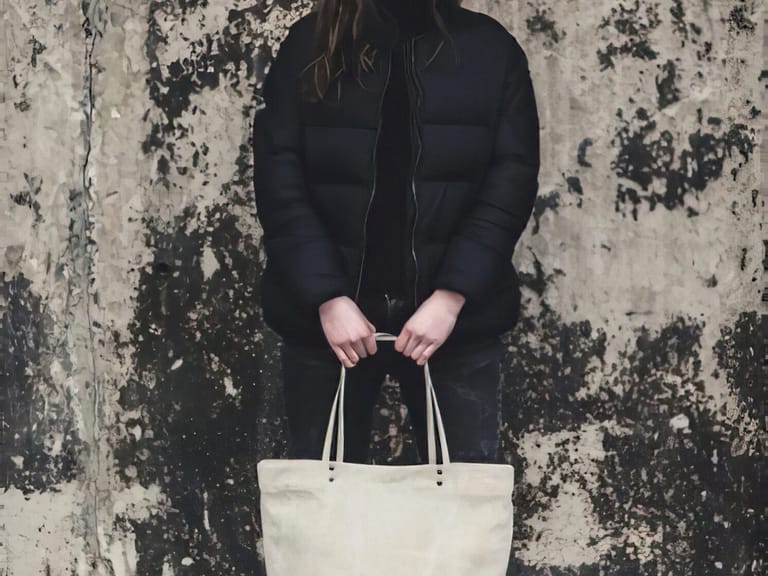
Libeco Linen Shoulder Sac Bag
Price: $367.00
View ProductExplore the evolving landscape of sustainable leather practices and the innovations that are shaping the future of this industry. This article delves into eco-friendly sourcing methods, ethical production processes, and the rise of alternative materials that aim to reduce environmental impact.
The leather industry has long been associated with luxury and quality, but it has also faced significant scrutiny due to its environmental impact. As consumer awareness about sustainability increases, brands are recognizing the necessity of adopting greener practices. The shift towards sustainable leather practices is not merely a trend; it is a fundamental transformation in how leather is sourced, produced, and consumed.
One of the most promising developments in sustainable leather is the adoption of eco-friendly sourcing methods. Traditional leather production often involves harmful chemicals, but modern innovations are paving the way for more responsible practices. For instance, vegetable tanning is gaining popularity as a method that utilizes natural tannins from plants instead of synthetic chemicals, resulting in a safer and more environmentally friendly product.
Additionally, the use of by-products from other industries, such as meat and dairy, is becoming a more prevalent practice. This not only reduces waste but also allows for a more circular economy, where materials are reused and repurposed. The integration of these sustainable practices not only enhances the quality of the leather but also aligns with the ethical values of a growing number of consumers.
In conjunction with these innovations in sourcing, there has been a notable rise in alternative materials that aim to replicate the aesthetic and durability of traditional leather while minimizing environmental impact. Companies are now experimenting with materials such as mushroom leather, lab-grown leather, and recycled plastics. These alternatives not only cater to the growing demand for sustainability but also challenge the conventional perceptions of leather as exclusively animal-derived.
For example, mushroom leather, derived from mycelium, offers a biodegradable option that possesses the texture and appearance of traditional leather. Similarly, lab-grown leather, created through biotechnology, presents a futuristic approach to leather production that eliminates the need for livestock altogether. These innovations signify a shift in consumer preferences towards more sustainable choices.
As we delve deeper into the realms of sustainable leather, it is essential to recognize the contributions of key individuals who have influenced the evolution of this industry across various periods.
Horace Kephart was an American author and outdoorsman whose writings in the early 20th century contributed to the popularity of leather as a material for outdoor gear. His works emphasized the durability and practicality of leather products, setting a precedent for the quality standards that continue to resonate in the industry today. While not directly related to sustainability, Kephart’s focus on the longevity of leather products laid the groundwork for future discussions on the material's environmental impact.
Issey Miyake was a renowned Japanese fashion designer whose avant-garde approach to design included a commitment to sustainability. His innovative use of fabrics and textures challenged traditional notions of leather in fashion. Miyake’s work not only showcased the beauty of materials but also encouraged the exploration of sustainable options, inspiring future generations of designers to consider the environmental implications of their choices.
Stella McCartney is a contemporary figure in the fashion industry, known for her unwavering commitment to sustainability. As a leader in promoting ethical practices within luxury fashion, McCartney has been at the forefront of advocating for vegan leather and sustainable alternatives. Her brand's innovation in using alternative materials has not only set trends but has also initiated meaningful conversations around the environmental responsibilities of the fashion industry.
In this landscape of sustainability, products like the Libeco Linen Shoulder Sac Bag serve as prime examples of how eco-friendly design can blend functionality with style. Crafted from 100% linen, this bag is not only lightweight but also embodies the principles of sustainability. The flax used in its production is harvested through a natural process, ensuring minimal environmental impact while promoting a zero-waste philosophy.
This sturdy linen tote from Libeco is large enough to hold weekend purchases yet stylish enough to go with you anywhere. Product features include:
Libeco's mill is fully powered by green energy, making their items completely eco-friendly products. Limited quantities of this product are available in our Manhattan NYC Showroom.
The evolution of the leather industry towards sustainability reflects a broader cultural shift towards environmental consciousness. As innovative practices and alternative materials gain traction, the potential for an eco-friendly leather industry becomes increasingly tangible. By embracing these changes, both consumers and producers can contribute to a more sustainable future.
As we move forward, the importance of informed choices cannot be overstated. The leather goods we select not only reflect our personal style but also our values. Through a commitment to sustainability, consumers can support the ongoing transformation of the leather industry, ensuring that quality and ethics go hand in hand.

Price: $367.00
View Product